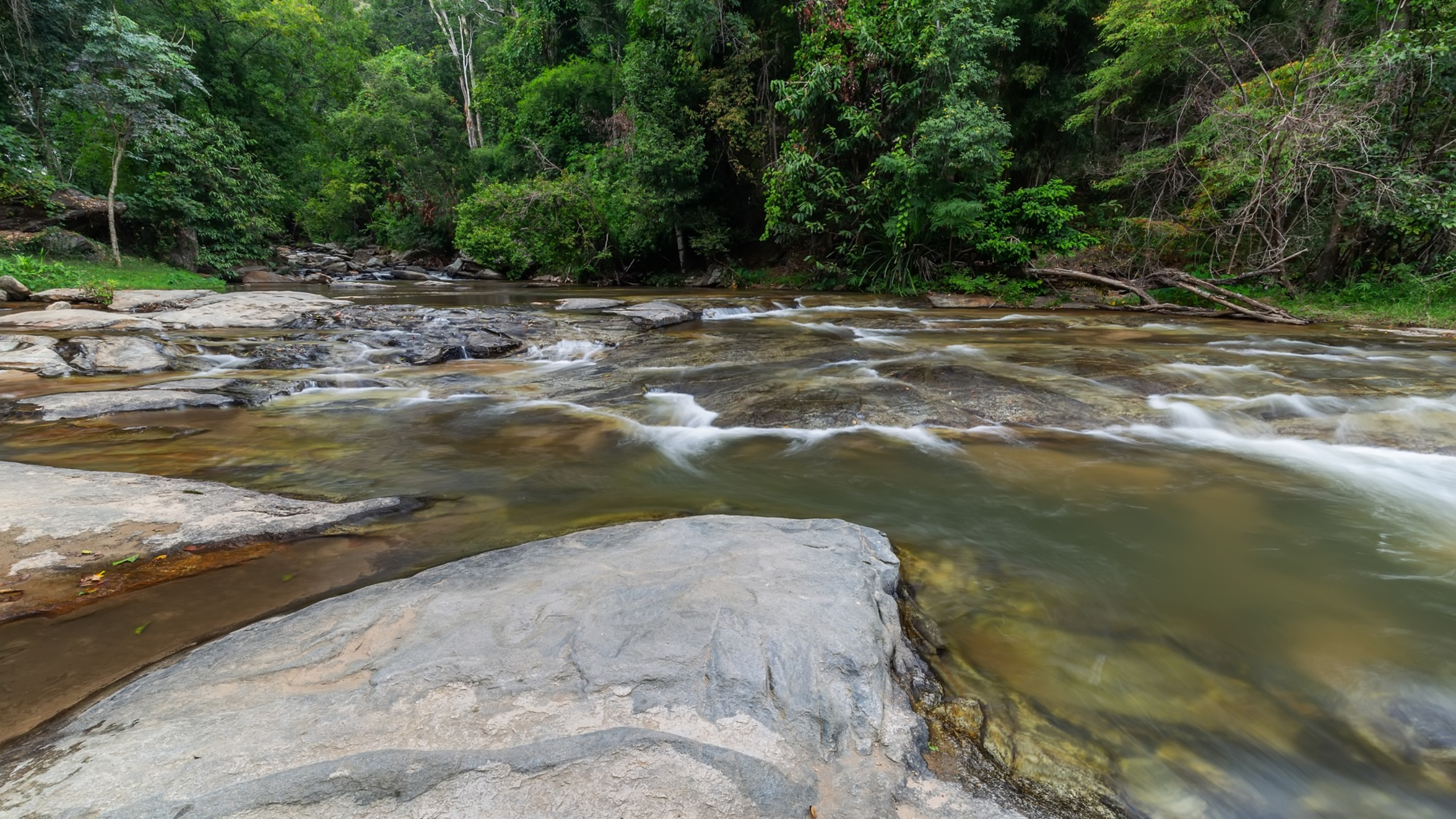

In 2010, the international non-governmental organization World Wildlife Fund (WWF) reported that humanity is using Earth’s land and resources at the rate of 1.5 planets annually. It predicted that humanity will be consuming the equivalent of 2 planets a year by 2030, should this troubling trend continue. The problem is, humans are still consuming natural resources unsustainably, but there’s only one Earth. According to new research, we might be pushing past its limits already.
In a recent Nature study, more than 40 international scientists assessed the planet’s capacity to provide a safe future. They studied eight Earth system boundaries (ESB): climate, air pollution, agricultural nitrogen and phosphorus surpluses, groundwater supply, surface water, natural ecosystem area, and the functional integrity of human-modified ecosystems.
This set of domains was chosen because they encompass the major components of the planet and the processes that support life, which include human well-being on Earth. The authors quantified “safe and just” ESBs the planet needs to remain stable while protecting people from significant harm. They found that the Earth crossed seven of the eight safe and just ESBs, with air pollution being the only planetary limit that hasn’t been breached yet.
“In this situation, when we are in the midst of a global climate crisis and a global ecological crisis, we need quantitative boundaries for a safe future for humanity on Earth,” says Johan Rockström, director of the Potsdam Institute for Climate Impact Research who led the study.
When it comes to climate, the authors believe that a limit of 1.5° Celsius warming from pre-industrial surface temperature can avoid the most severe impacts on humans and other species, which is similar to the global guardrail set in the 2015 Paris climate agreement. However, to avoid exposing tens of millions of people to significant harm, they propose setting the safe and just limit at or below 1.0° Celsius. Given that the planet is already at 1.2° Celsius warming, it’s even more necessary to establish adaptation and compensation strategies to reduce current harm, according to the study.
The capacity of the planet’s water to meet human and environmental needs was one area of concern. Flow alteration in rivers is a key driver of freshwater biodiversity loss. Therefore, the authors propose that all rivers globally must limit flow alteration within 20 percent to still support native fish species and various ecosystem services. The safe and just ESB for groundwater is when the annual drawdown doesn’t exceed the average annual recharge across all aquifers, which ensures that unsafe levels of extraction don’t occur. Meanwhile, the nutrient limits for agricultural nitrogen and phosphorus surpluses were established to minimize eutrophication on ecosystems due to runoff.
The study also established thresholds concerning the Earth’s biosphere. To maintain the functional integrity of human-modified ecosystems and the terrestrial benefits humans get from nature, such as pollination and water quality regulation, they identified that at least 20 to 25 percent diverse habitat in each square kilometer in human-modified lands is needed. The authors also proposed the limit of maintaining 50 to 60 percent natural ecosystem area to minimize harm to future generations, thus highlighting the need for restoring natural areas.
Lastly, in terms of air pollution, the boundary of 15 micrograms per cubic meter for mean annual exposure to fine particulate matter (PM 2.5) was set to avoid significant harm, like heart problems, respiratory illnesses, and premature death. Currently, 85 percent of the global population is exposed to PM 2.5 concentrations that exceed this limit, with vulnerable groups facing disproportionate impacts.
The proposed safe and just ESBs are scalable from a global level to a local one, Rockström says. In the study, they assessed the ESBs at a local scale, allowing them to determine which boundaries were crossed in certain regions and identify potential hotspots. The findings reveal that two or more safe and just boundaries have already been crossed for 52 percent of the world’s land surface, which affects about 86 percent of the global population. According to Rockström, India is most affected by the transgression of more than five ESBs—“the transgression often being caused by rich nations in the Northern hemisphere”—which shows that high population areas are most affected by breaching the safe and just ESBs.
The study concludes that a global transformation across all ESBs is necessary to ensure human well-being. Given how nations around the world have varying policies and face different extents of environmental impact, it could be challenging to address global issues and ensure a safe and just future for everyone. International cooperation is a must to tackle collective action problems.
“We need to strengthen global governance,” says Rockström. “We are at risk of destabilizing the planet, and this will affect all local communities and nations, which means we need to collectively act to govern the global commons that we all depend on.”
